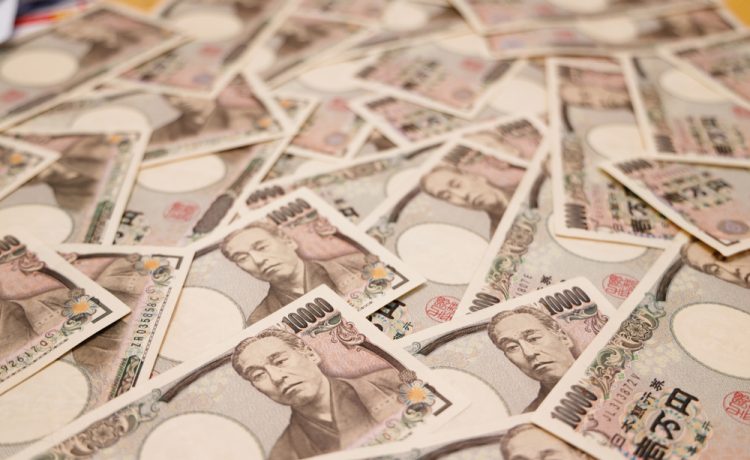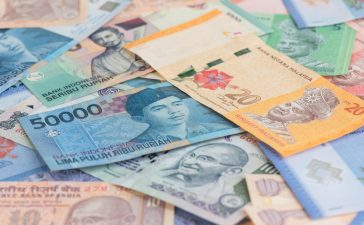The yen was 0.66% lower at 156.67, after briefly climbing to 154.97, having reached minutes earlier its lowest level of 156.82 per dollar since 1990
The yen dropped on Friday and was trading near its lowest level in three decades, having briefly spiked against the dollar, with markets on edge about possible intervention after the BOJ kept interest rates on hold.
In a volatile trading day, the yen was 0.66% lower at 156.67, after briefly climbing to 154.97, having reached minutes earlier its lowest level of 156.82 per dollar since 1990.
The yen also briefly rallied against other major currencies but last traded near its weakest level in around 16 years against the euro, at 168.23, and its weakest in 11 years against the Australian dollar.
The sudden rise left traders on high alert for signs of intervention.
After a two-day meeting, the BOJ left its short-term interest rate target at 0-0.1% on Friday and made small upward adjustments in its inflation forecast. Investors had not expected a policy shift but took the decision as confirmation that only small moves lie ahead.
BOJ Governor Kazuo Ueda told a press conference after the rate decision that monetary policy did not directly target currency rates, but exchange-rate volatility could have a significant impact on the economy and prices.
Jane Foley, head of FX strategy at Rabobank, said traders had been wondering “whether the Ministry of Finance and BOJ would at least check prices today, but we’ve had no confirmation that has happened.”
He added: Certainly the market has been on tenterhooks, and is very sensitive to any sign that the BOJ could be doing that today.
One London-based currency analyst said he suspected the move higher in the yen was down to a position squeeze that triggered others to sell dollars against the Japanese currency in a nervous market.





